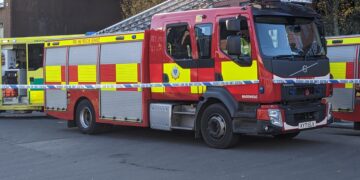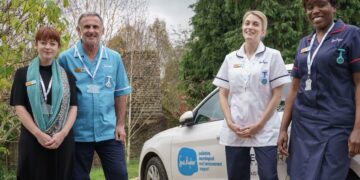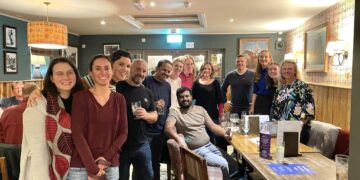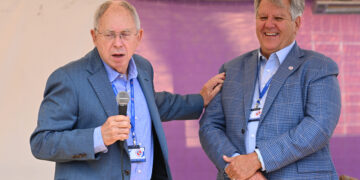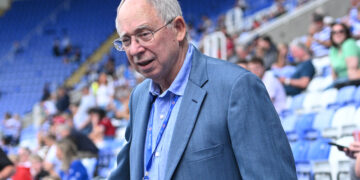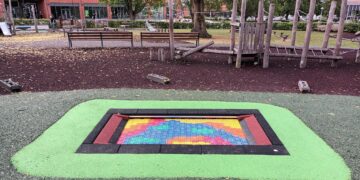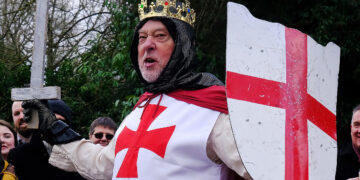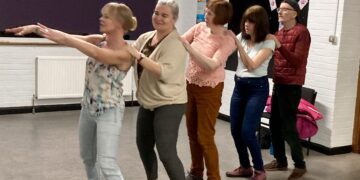A NEW political map is being developed for Wokingham Borough Council and residents’ views are being sought.
The Local Government Boundary Commission has decided that the number of councillors in Wokingham should remain at 54, but it wants to ensure councillors represent a similar number of electors in their respective wards.
The commission also wants any potential changes to help the council work effectively.
As a result of the proposals, the commission is interested in views on which communities should be part of the same ward.
Cllr Clive Jones, leader of Wokingham Borough Council, has encouraged residents’ to get involved as it is crucial people have their say.
Cllr Jones said “The boundary commission has said 54 seats is a good number so that we can have an efficient running of the council.
“People should take part because it could be a big change but the consultation is there to ensure it makes it fairer and more consistent.
“I would encourage as many residents as possible to submit a response.”
Cllr Pauline Jorgensen, leader of the Wokingham Conservative Group, said equal representation is “crucial” and agreed that as many residents as possible should comment on the consultation.
On the future of the political map, Cllr Jorgensen would like to see some single member wards retained.
In Wokingham borough, seven of the 25 wards are represented by one councillor and they are elected to the role every three years.
The wards are; Arborfield, Barkham, Charvil, Hurst, Shinfield North, Sonning and Swallowfield.
Cllr Jorgensen feels the demographic of the areas means a single councillor is better than combining wards.
She said: “I believe there is a place for single councillor wards in a place like Hurst for local representation to be maintained.
“For example, joining Hurst and Twyford is like lumping Woodley in with Reading.
“One councillor wards with elections every three years are absolutely fine for some areas.”
Some of the questions being asked on the consultation are to understand which facilities residents share, what issues do neighbouring wards face and how development has changed the face of communities.
Professor Colin Mellors, chair of the commission, said: “We want our proposals for new electoral arrangements to reflect communities. We also want them to be easy to understand and convenient for local people.
“Residents and local organisations can help us understand community ties and identities at this early stage of the process.
“Just tell us what you think and give us some details why you think that. It’s really simple, so do get involved.”
The 10 week consultation will run until Monday, November 7.
To submit a response online, visit: consultation.lgbce.org.uk
People can also give their views by e-mail at [email protected] and by post:
Review Officer (Wokingham)
LGBCE
PO Box 133
Blyth
NE24 9FE

